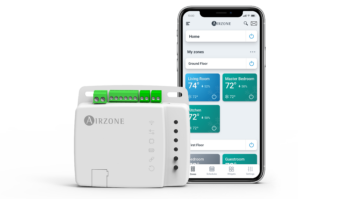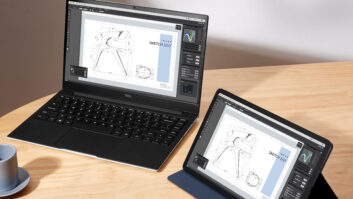Waltham,
Mass. – The global consulting firm
has
pointed to several reasons for the large number of vendors entering the tablet category.
PRTM
noted that Tablet PC projected growth rates exceed smartphone growth rates because
of suppliers’ ability to reuse technology already offered in smartphones.
Companies
“have been able to leverage proven capabilities from mobile phones,
dramatically reducing the cost and time to market,” said PRTM partner Huw
Andrews, who authored the tablet study. “Chipsets, operating systems,
application platforms, touch screens, channels and business models are all
being re-used,” he explained. “This has helped many aggressive, new companies
to become front-runners.” Of the 30 tablets on sale in 2010, less than 30
percent were offered by global brands, he pointed out. “This helps to explain
the many announcements at CES by global companies. Clearly some have been
caught dozing and will now struggle to catch up.
The tablet companies are also attracted by the
market’s potential. The 17 million tablets sold worldwide in 2010 “established
a new product category,” and 200 million units will be sold annually by 2014,
he said. “This level of growth, four times that of smartphones and five times
that of PCs, establishes the tablet space as a mobile computing beachhead where
tablet makers can attack both the mobile phone and laptop fronts.”
As of now, 102 tablets are either on sale or
in development by 64 makers, PRTM said. “With so many players committing with
such unprecedented speed, the tablet space has become a battlefront for a blend
of new entrants, established PC and mobile phone makers, and their key global
suppliers,” Huw said.
For example, of the 102 tablets announced to
date, 57 percent use processors powered by ARM, and 29 percent use Intel, Huw
said. “Both ARM and Intel view tablets as a new core business as well as a
beachhead to other products. Meeting head-on, ARM is trading on its leadership
in enabling mobile phone processors, Intel on its position in the PC market.”
Tablets have also become an OS battleground.
Google’s OS has been adopted by 55 percent of all tablets, while Microsoft’s
Windows has been adopted by 29 percent.
Tablets also represent an app-store
battleground, with Apple boasting 350,000 apps while the Android Market boasts
230,000 applications, a growing number of which are usable on tablets, Huw
said.
While these battles continue, tablet
manufacturers are experimenting with a wide variety of screen sizes from 5 to
10 inches, with 7 and 10 inches being most popular, Huw said. At the larger
screen sizes, “watching widescreen video is a good user experience even though
it does not fill the entire screen, Huw noted. Manufacturers are also
considering whether new aspect ratios such as 16:9 might attract new customers.
Applications such as e-mail and gaming work well with the current 4:3 aspect ratio,
but avid viewers of high-definition video would likely prefer 16:9, he said.
In the near term, new entrants from China, Taiwan, and Korea will more
likely experiment with wide screen form factors, he said.
One challenge to 16:9 adoption is
practical. Wide-screen tablets might not fit well in many briefcases and
portfolios tailored to traditional laptop computers and papers, Huw explained.













